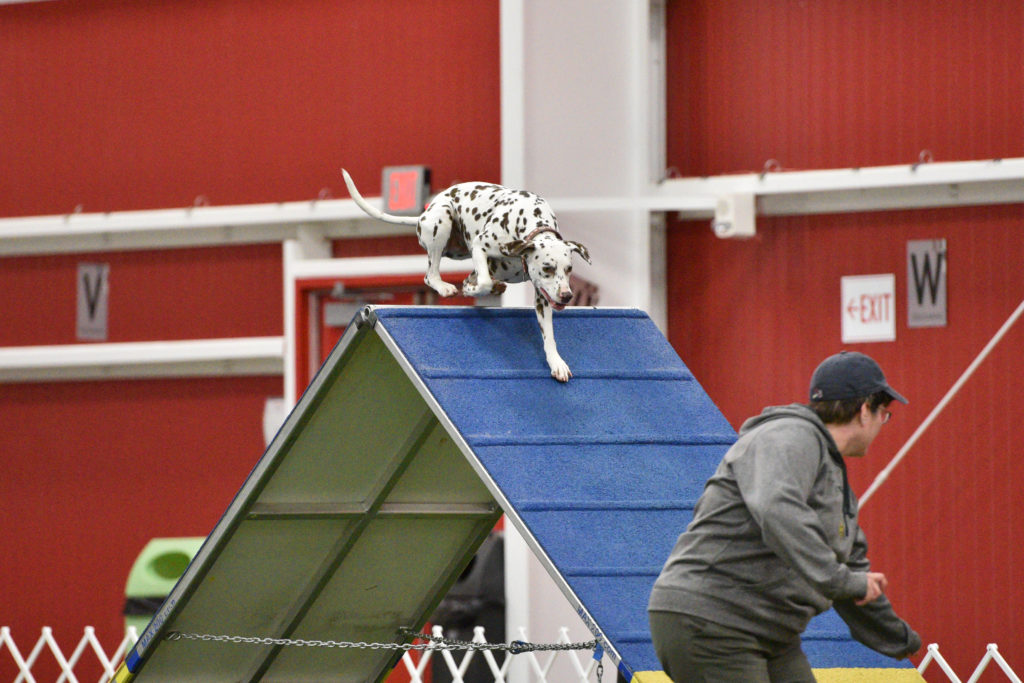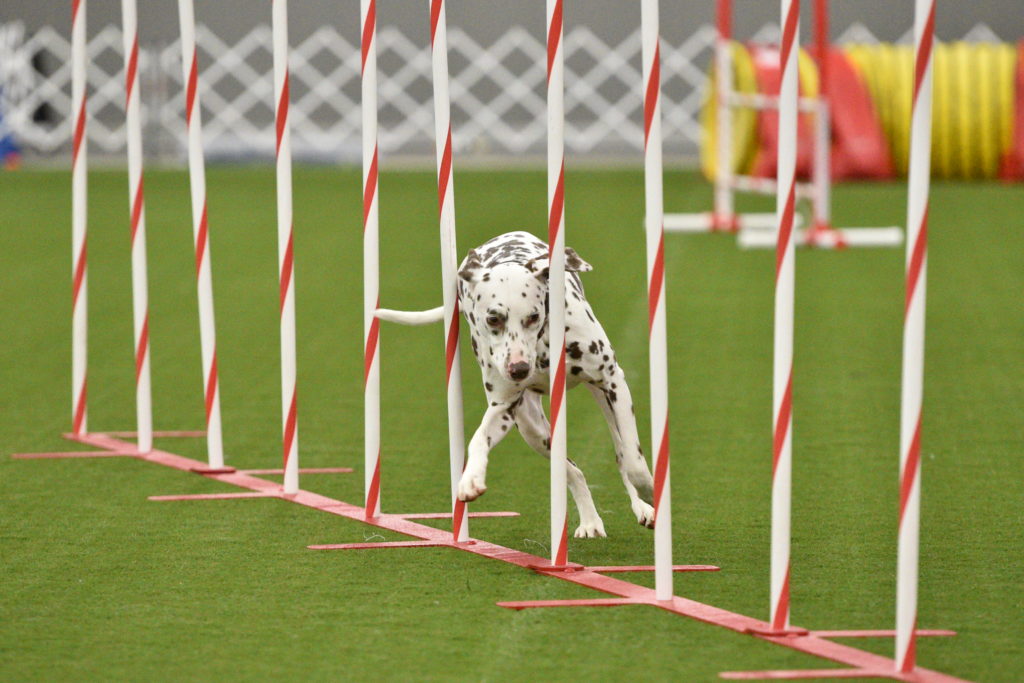When I started this blog, I was convinced I would throw myself on a page, sharing my experiences and hopefully helping a person or two to avoid the same mistake. For a time I had done it with my Learning Horses Blog (long since abandoned), which I started as an experiment, but enjoyed immensely for a couple of years (first post 2006?!!). 
Alas, I’ve managed to eek out a few meager posts here, but I’ve missed the point in what I do best-helping people learn all the non-training gory details. . So, I’m back, I’m going to give it a whirl and try and de-mystify for the newbie, the crazy world of dog sports. I’ll explore different sports, venues, rules, regulations, trial prep, car setup and all the stuff that is not covered in your training class. Is there something you want to understand? Let me know and I’ll research and report on the topic. So, without further ado. . .Venues.
One of the first keys to understanding dog sports is understanding the concept of Venues. Like Football, there are a lot of different groups that play the game. In football you have the NFL (Pro), NCAA (College), Arena, High School, Pee-Wee, all play a fairly similar game, but with different rules. In dog sports this same concept exists.
Let’s look at Agility. Agility has several venues in the US: AKC, USDAA, CPE, NADAC, UKI, ASCA, VALOR, UKC, TDAA (and likely a few I missed). Each of them has different rules and might fit your competitive needs and goals. Here are some things to consider as you decide which venue is right for you. I’m using agility as an example, but similar considerations exists across all sports.
- Number of classes each day: Venues really vary by how many classes a dog can run each day. AKC can often only be 3 (sometimes the other classes are not offered), but in ASCA you can often run 6 a day. Six runs is best for some dogs and some thrive on just a couple. As you explore, you will learn what is best for your dog.
- Refusals/Runouts: If your dog runs past the jump they were supposed to take in AKC, that would be a refusal or runout (depending on the circumstances), that is considered an error and will cost points and potentially prevent you from getting a qualifying score (in Standard or Jumpers). ASCA and CPE, however don’t count refusals, but in ASCA the course times are quite fast so unless your dog is fast, it can be difficult to get a Q if you have to go back and fix a jump.
- Training in the Ring: Venue’s vary greatly about training in the ring, but it can be very helpful if you have things you want to work on in a trial setting. ASCA and UKI are my favorite venues for this. In UKI you can declare a run ‘Not for Competition’ and use a toy. In ASCA you can put your dog back on the contact, deal with start line issues or even keep your leash on, come out run around and do circle work and leave.
- Collars: In some venues dogs can run with a collar vs without. If your dog has never practiced without a collar and you go to CPE, you might be surprised what happens when you take it off.
- Exit Gates vs Chutes: Venues vary greatly in the way the entrance and exit of the ring needs to be set up. It can also vary greatly based on location. So if you have a new dog, one that is slightly reactive, this is an important consideration to think about. This is why it is helpful to start visiting and volunteering at trials long before you start trialing.
- Leash tugging: Some venues allow tugging with the leash, some allow ‘gentle tugging’ and some not at all.
- Jump Heights: My 21.5″ dog has a different jump height in different venues. 20″ in AKC, 20″ in CPE, 20″+ in ASCA (she jumps 20 but competes against different height dogs than the 20″ class), 26 in USDAA. USDAA has the highest requirements, but they have made recent changes that make it more inline with other venues if you run at a different level (we will discuss levels soon).
- Equipment: Some venues have very different equipment, so if you get used to CPE or ASCA you might be surprised to see a broadjump in AKC or USDAA. What about a hoop in NADAC or a Sway Bridge in UKC? TDAA has smaller equipment, so you should be prepared for that too!
- Atmosphere: Different venues have a different atmosphere. Some also have very different levels of competition. Some venues will be heavy in one breed (ASCA has a lot of Aussies-no surprise), lots of mixed breeds in CPE, TDAA is smaller dogs. Where will you and your dog fit in best?
- Games and classes. ASCA and CPE don’t have weaves in jumpers, AKC and ASCA don’t have Snooker. There are lots of fun agility games to play that don’t exist in all venues. I love Snooker and Gamblers (or anything with a distance challenge).
- Cost. Venues vary GREATLY in cost, AKC is generally the most expensive, but for those of us with purebred dogs, many of us are trying to earn breed points or awards. I love CPE and ASCA for the cost, $10-12 a run depending on where in the country you live.

So many things to think about! Talk with your instructor about what you would like to experience in a trial and they should help you choose the right venue. Drive, volunteer and watch! If you don’t live close to trials, use Youtube as a your friend to look at different courses for each of the venues and see what might work for you!
Happy researching!